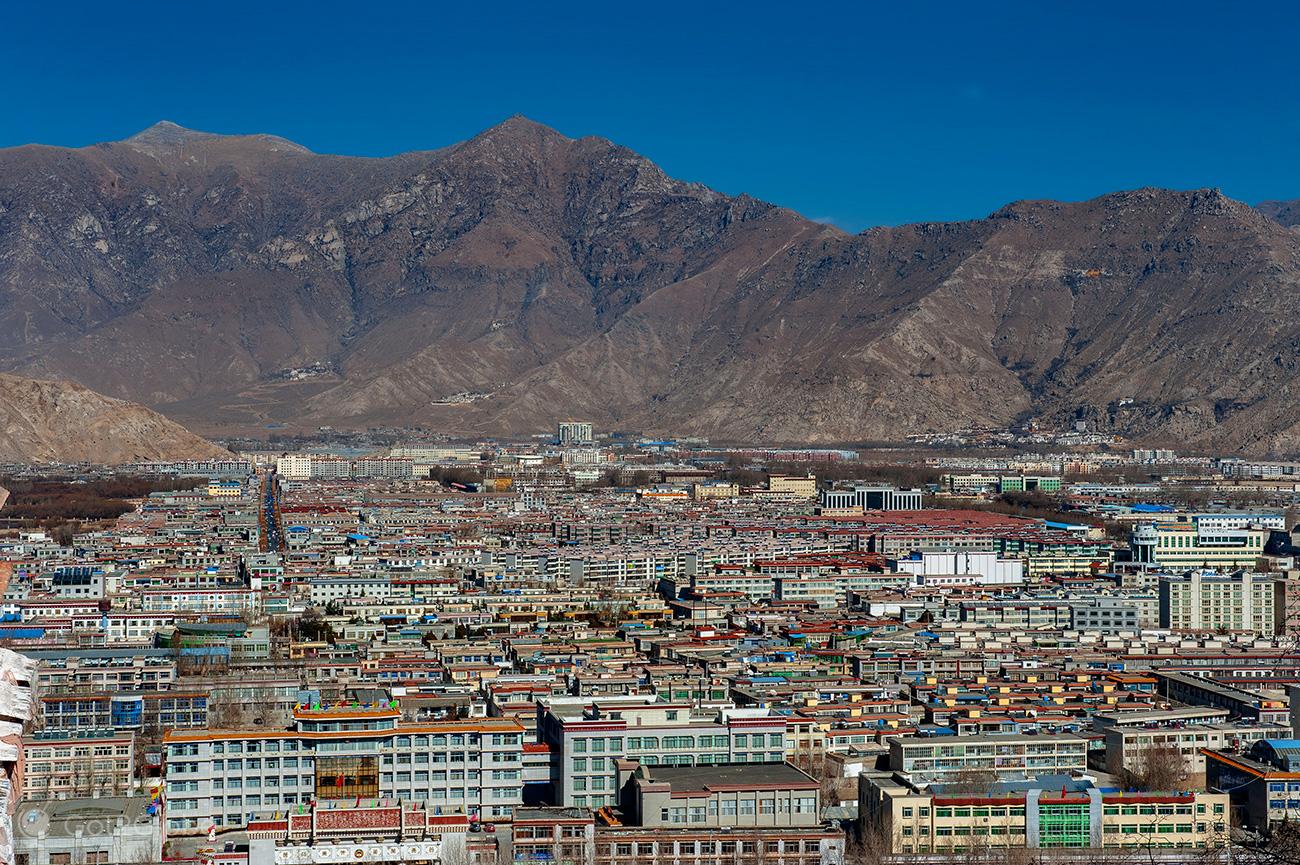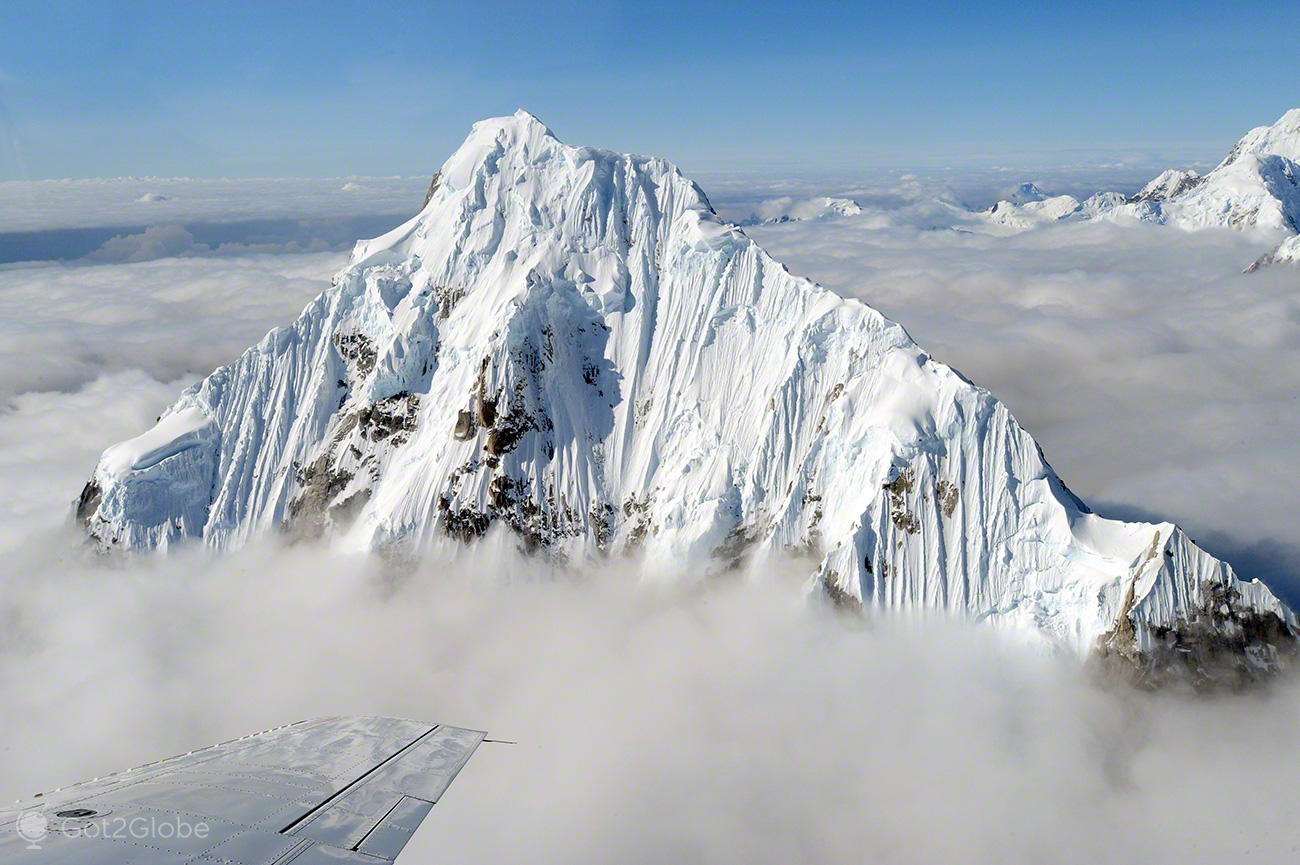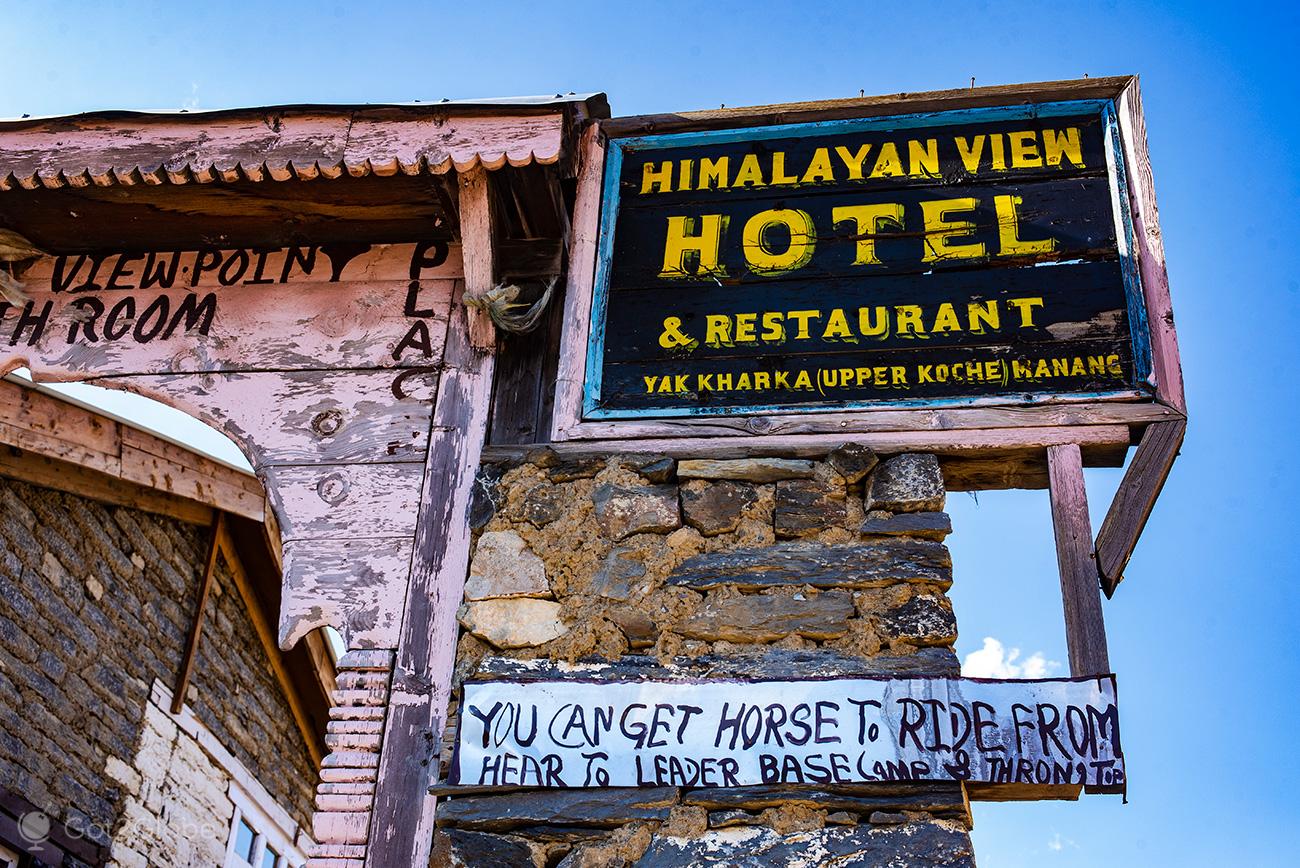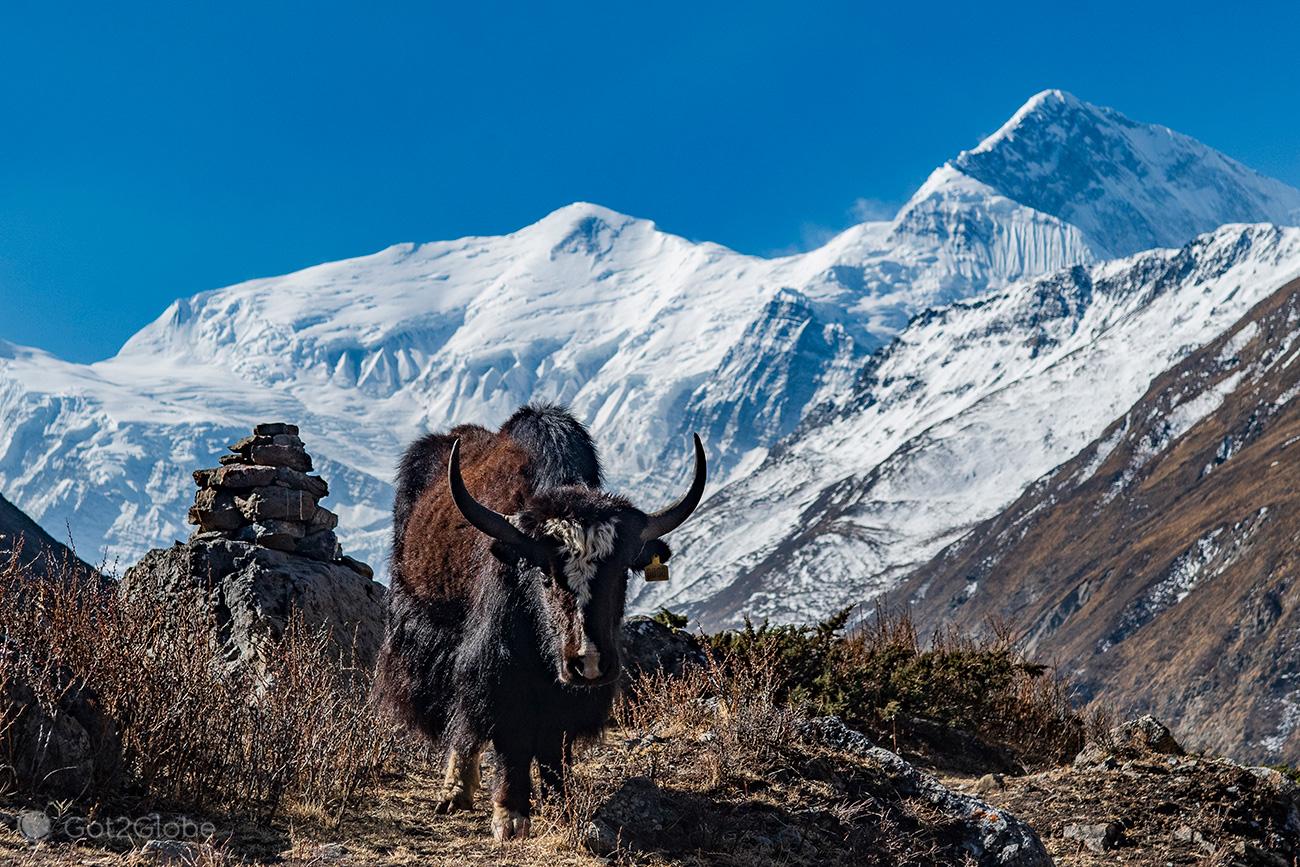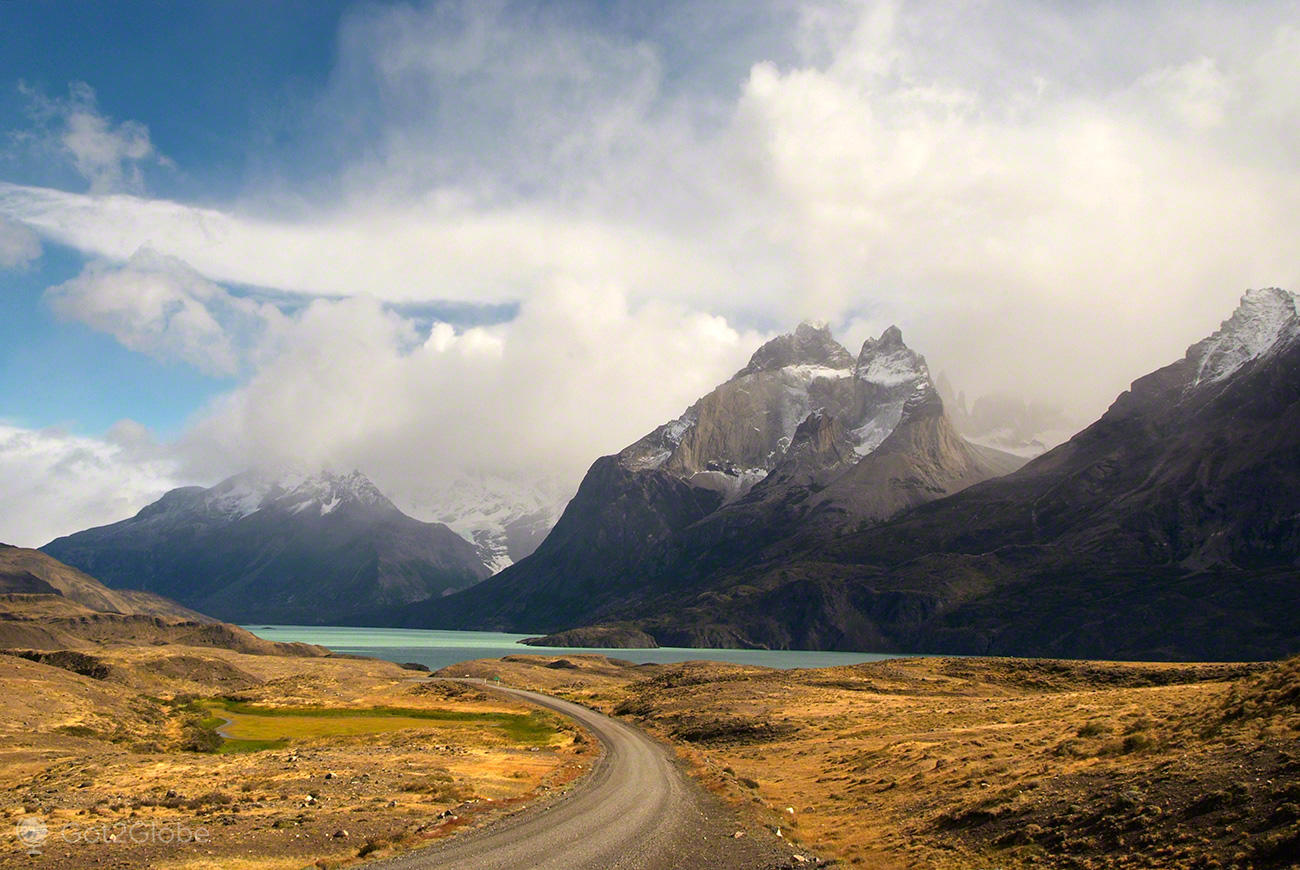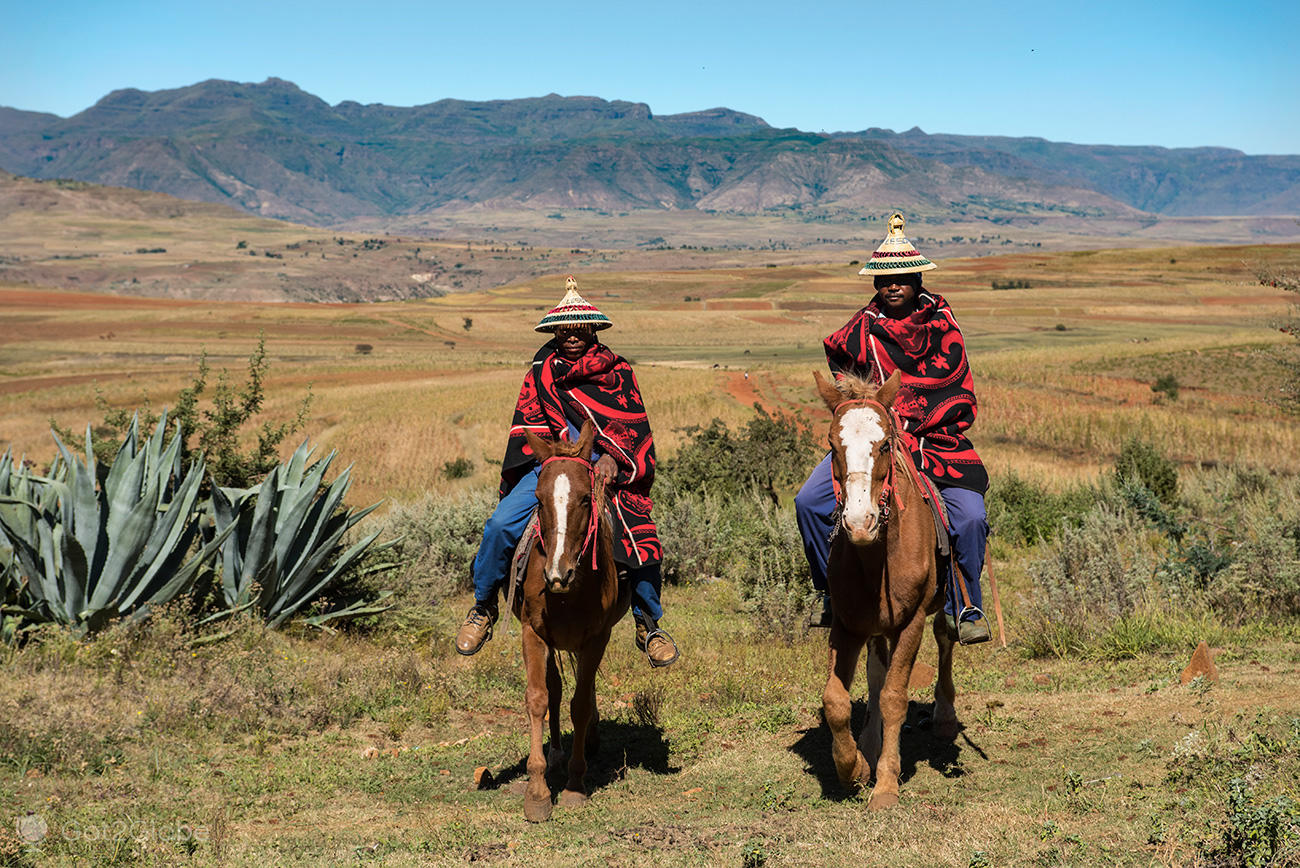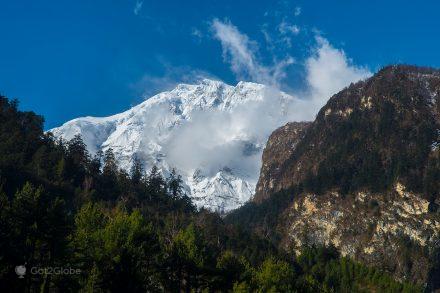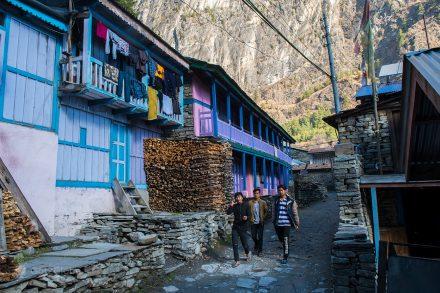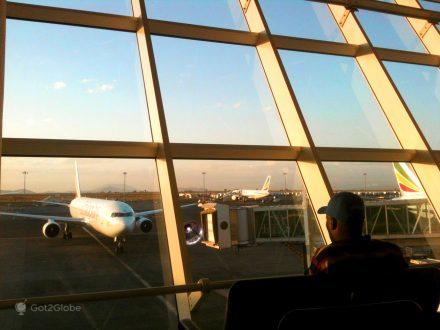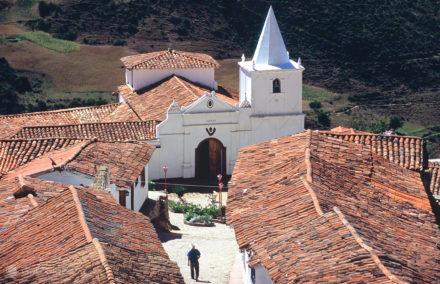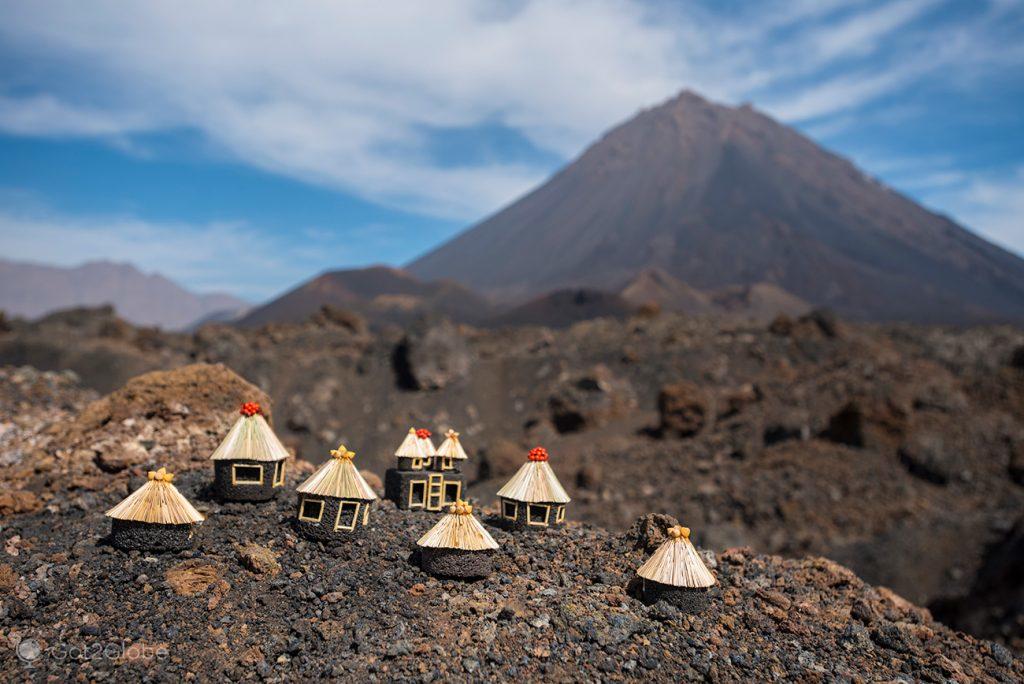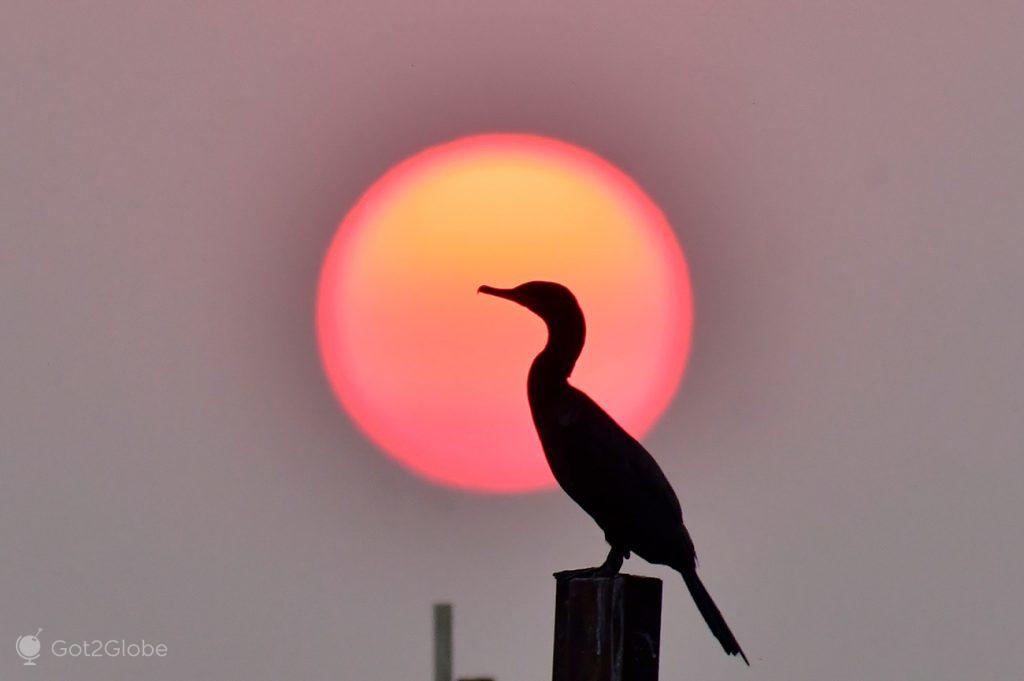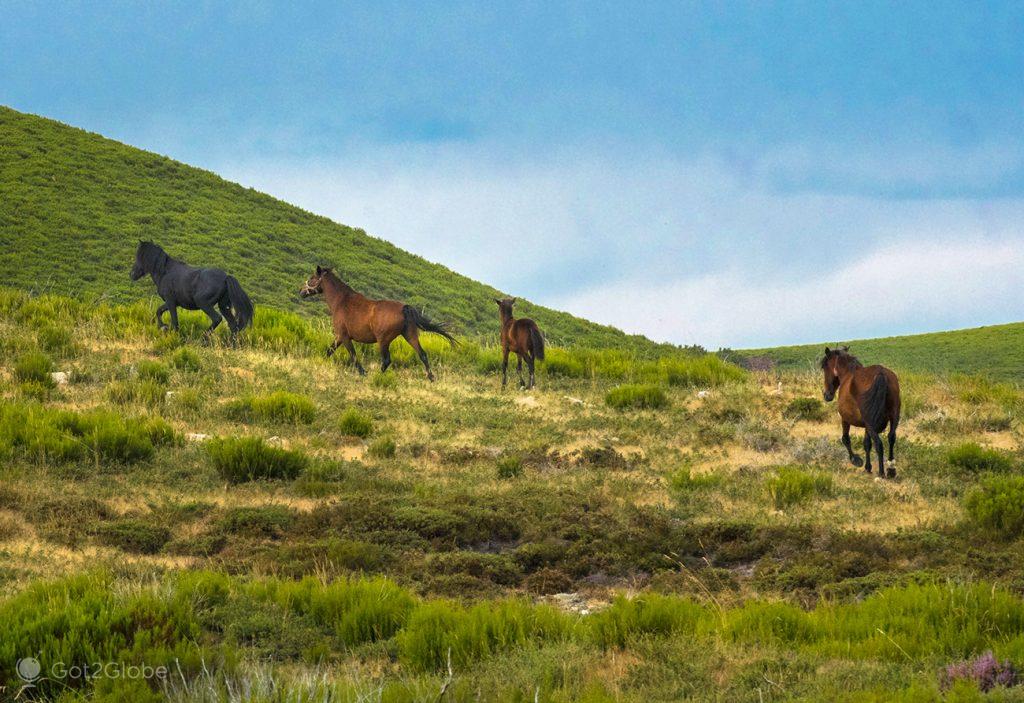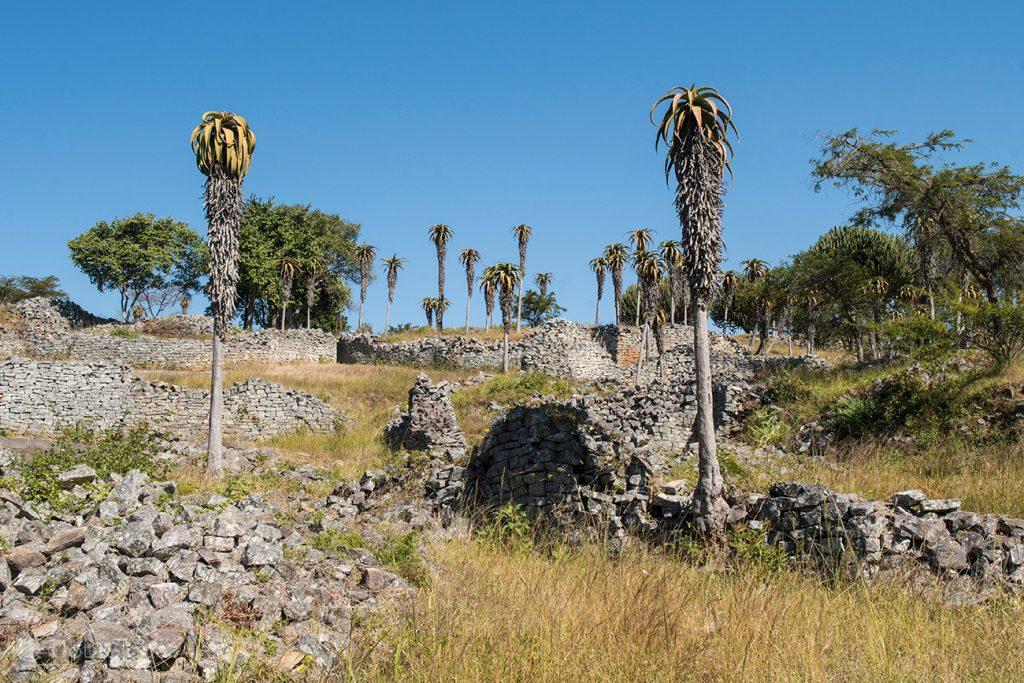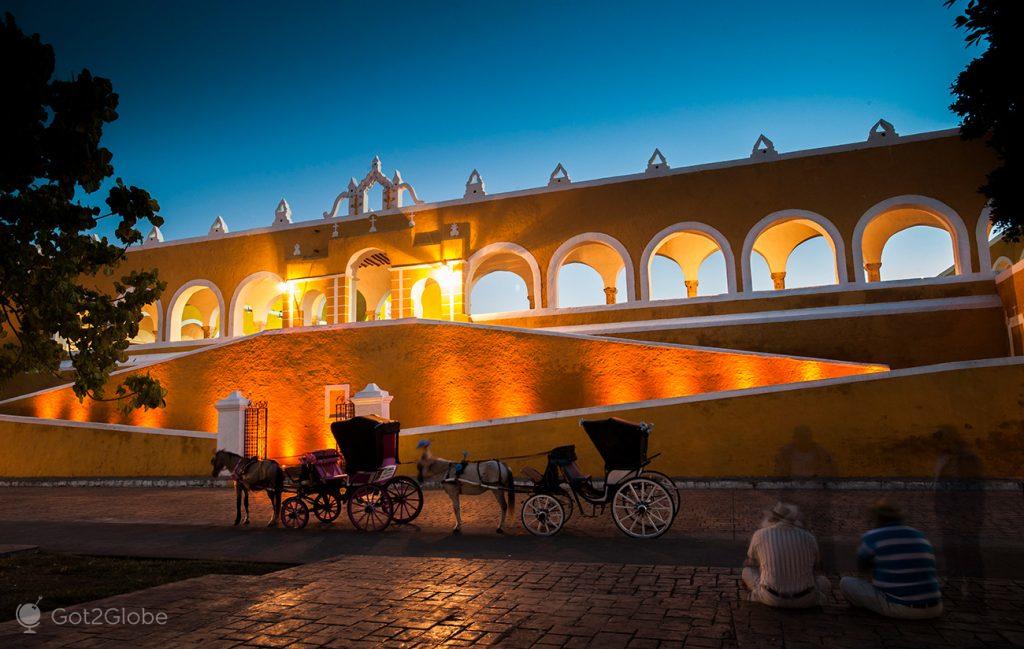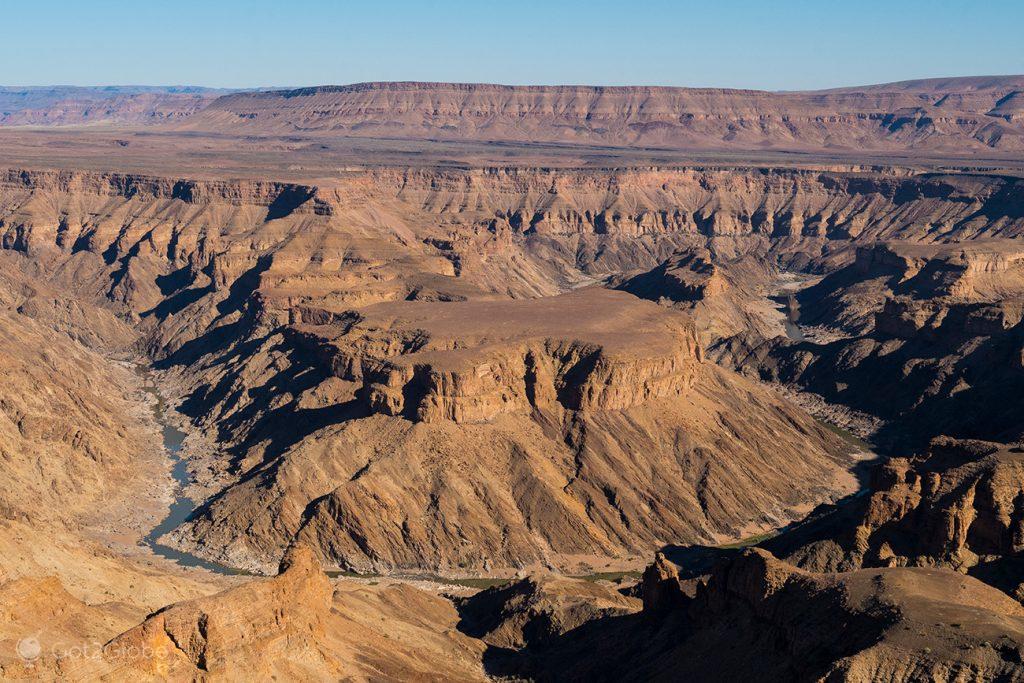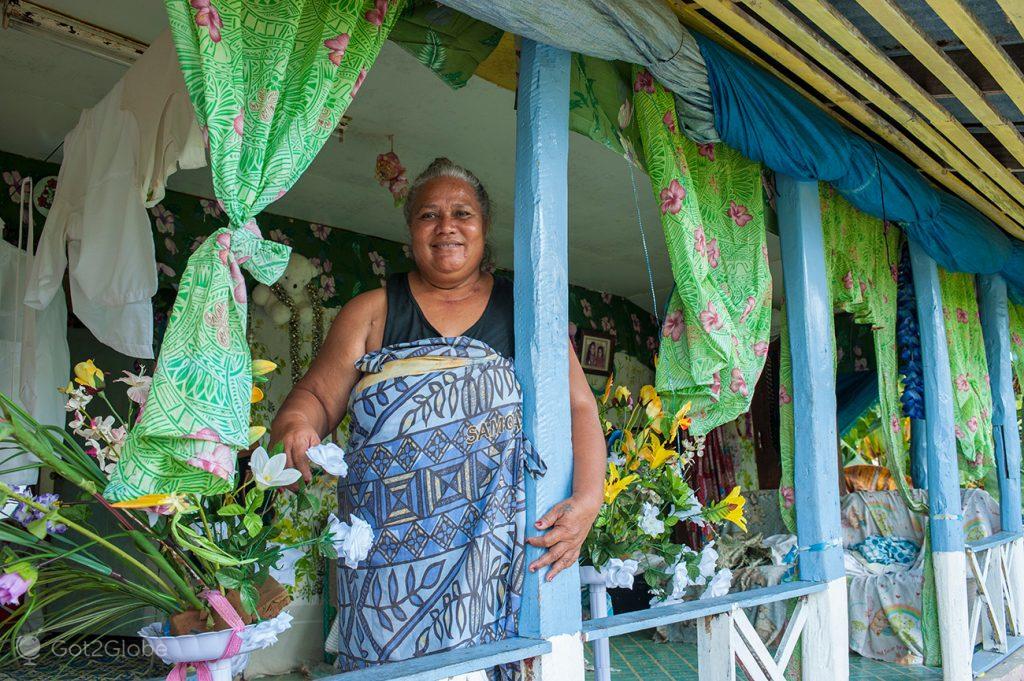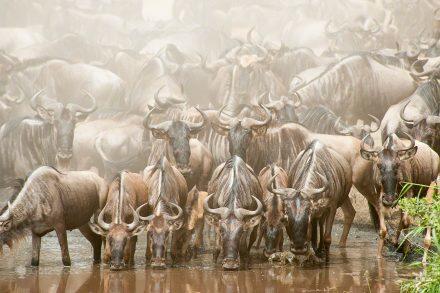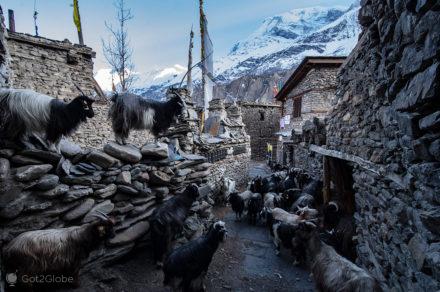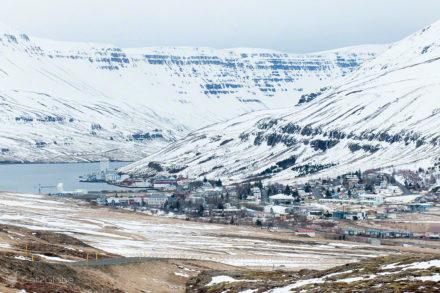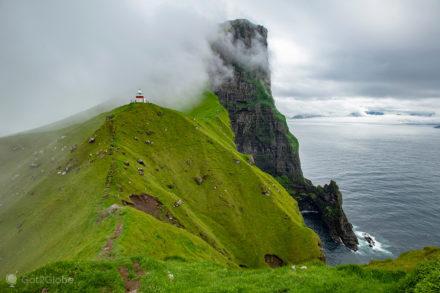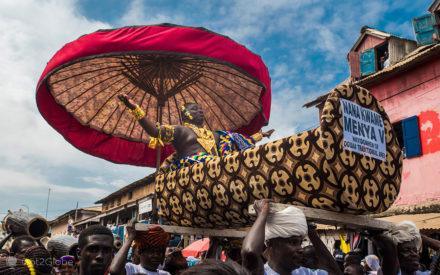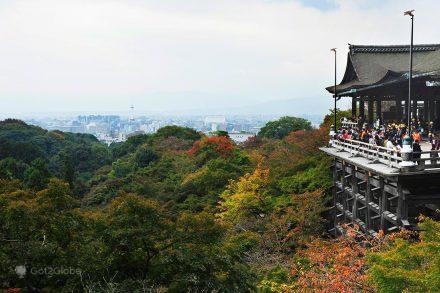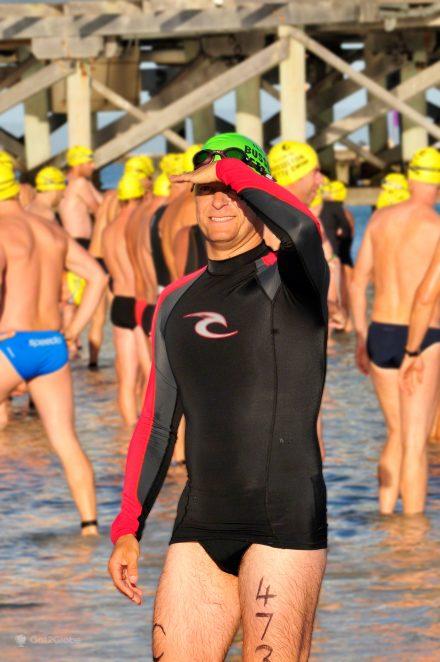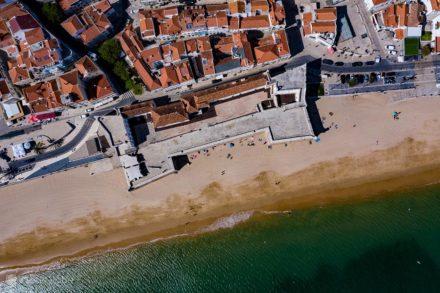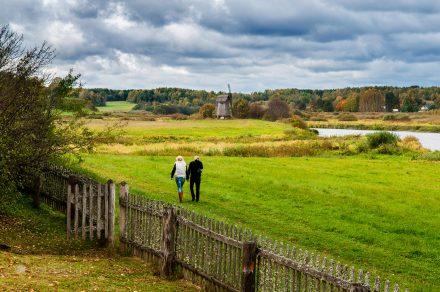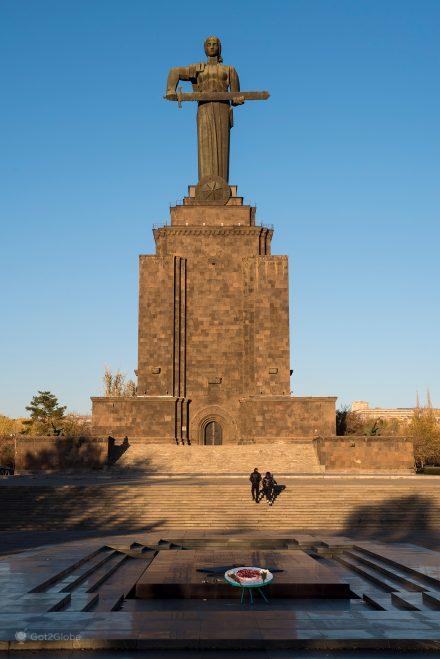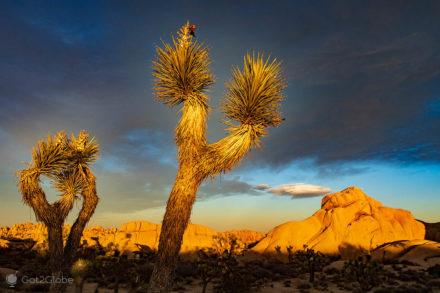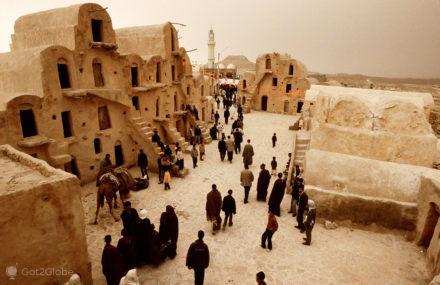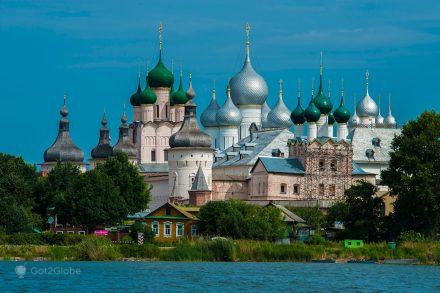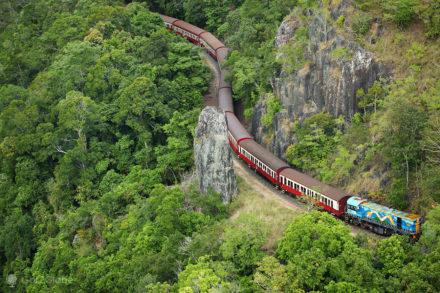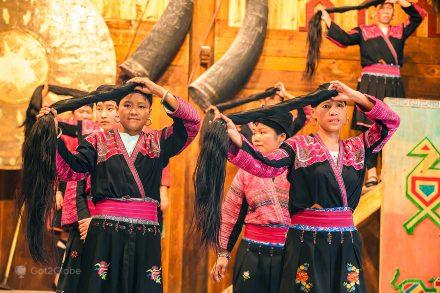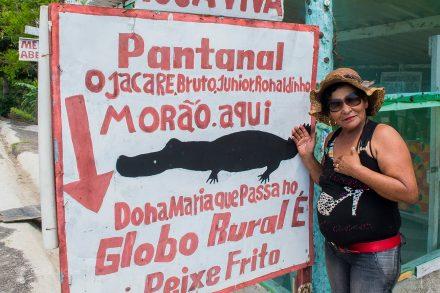As altitude increases, atmospheric pressure decreases and so does the amount of oxygen in the air.
As we've all had the opportunity to notice, oxygen is sorely lacking. Its absence causes a drastic change in the rhythm and intensity of breathing.
At the same time, it causes a disruption in the balance of body water in the blood versus the tissues. The organism suffers from the presence at high altitudes whether or not there has been the necessary habituation.
Without this habituation, altitude sickness can only have annoying or even drastic consequences.
Symptoms that can get worse at a glance
The effects are felt more or less depending on the altitude, the speed with which you get there.
They also depend on the altitude at which the person normally lives and other variables such as lung capacity (change in pace and intensity would always be better supported, for example, by Olympic swimmers) and other “strengths” or weaknesses of each organism.
As a rule, the symptoms of altitude sickness begin to be obvious above 2000 m and intensify substantially above 2800 m.
A physically fit traveler can get used to altitudes in the order of 3000 m in a few days.
Altitudes of 5000, 6000 m and above require longer acclimatization, possibly weeks.
Diseases and Symptoms
With average altitude changes – for example 3000 m – the most normal consequence will only be Acute Mountain Evil : a very persistent and disturbing headache, with some bad luck, also nausea and even vomiting.
The other symptom that stands out is the intensifying tiredness that becomes exasperating with mere exercises like climbing a staircase or a hillside path.
Exercise also makes headaches and other symptoms worse.
Interestingly, these symptoms tend to be felt more in young people than in older people.
Pulmonary Edema of Heights
It occurs in more extreme cases – almost only above 2800 m – and more frequently in men than in women.
It is caused by the accumulation of water in the lungs and is more likely to happen with a history of a cold or a simple lung infection.
It may reveal itself between the first and fourth day after ascension.
He experiences a more intense shortness of breath than acute mountain sickness, itching of the lungs, a dry cough and, shortly thereafter, the formation of large amounts of sputum that can be pink and even contain blood.
Before long, Pulmonary Edema of Heights can develop into a condition that puts the victim between life and death.
The debacle of altitude sickness and the cause of many deaths among climbers is the worst of its consequences:
o Cerebral Edema of Heights.
It can form directly or as a result of acute mountain sickness and/or high-altitude pulmonary edema 1 to 4 days after ascent.
It generates more intense headaches, followed by hallucinations and a loss of judgment and even senses.
These symptoms increase with altitude.
With a suspicion of cerebral edema from heights, any climber should be immediately transferred to a lower altitude and to a hospital.
Diving shortly before any ascent greatly aggravates any of the above ailments and their symptoms.
so it's not so bad
1 – Acclimatize the necessary time. Some equipment simulates the environment hypoxic. Allow for a more anticipated habituation.
2 – Drink lots of water, avoid coffee, alcohol and any other type of diuretic
3 – Always walk calmly and rest without haste
4 – Faced with a more than probable lack of coca leaves to chew (they are rare and illegal) except for some communities of natives of the Andes, consume gingko biloba.
This supplement is believed to speed up the acclimatization process and reduce the symptoms of altitude sickness.
5 – You can also use acetazolamide, a substance marketed as Diamox that has the same effect as gingko, but probably much more effective.
If taking acetazolamide, drink plenty of water. It is a diuretic.
Personal Cases, not very extreme and without Serious Consequences:
Gradual Ascent in the Andean Mountains, Argentina
During a trip through South America, Sara and I rented a car in Salta, at 1187 m above sea level, in northern Argentina, and explored a large part of the Andean mountain range.
On the first of these occasions, we climbed gradually and stayed overnight at one or another inn while we walked around the famous Ruta 40.
At some point, we found ourselves on roads in the Andean Puna at more than 4500 m altitude.
Since the ascent to this altitude was gradual and took about two days, the only symptoms of discomfort we felt were enormous tiredness and wheezing that it took us forever to regularize each time we needed to climb some hill to get scenarios. more open.
Quick ascent to the top of the Mount Mauna Kea, Big Island, Hawaii
As a matter of calendar, we were allotted time to explore the Big Island.
With a rental car, we drove in a short time from Hilo, on the east coast of the island (17 meters above sea level) to the Sadlle Road – Route 200 – detour to the last access road to the summit of the Mount Mauna Kea.
This diversion is at a “mere” 2021 meters of altitude. Mauna Kea is the mount highest à face of the Earth, only and only if the altitude is counted from the bottom of the sea.
As its underwater base is located at 6000 m deep and the summit is located at 4203 m above sea level. The "total" altitude of the Mauna Kea is thus 10.203 m.
But, let's get back on the road. We only had this afternoon at the Big Island to climb to the top of the Mauna Kea.
Authorities and common sense advise that no visitors do so directly from sea level and, if they do, to acclimatise for as long as possible halfway through the Onizuka Visitor Center.
By the time we got there, the sun had already dropped farther down the horizon than we were counting.
As we were not willing to leave the Hawaii without the experience of ascending the summit of Mauna Kea to enjoy the sights and its vast astronomical station, we decided to proceed fifteen minutes later and pay the consequences.
At the top, Sara didn't feel anything special. Me Marco, I immediately started to suffer from a severe headache, dizziness and a really unusual tiredness. These symptoms lasted for about 40 minutes.
Or because my organism was adapting quickly, or, who knows also a little, because the incredible scenery from the top to the sunset and twilight helped me to abstract, a little later I was just feeling tired.
We descended apparently unharmed, but I have to confess that I started to get seriously worried about the combination of dizziness and headache.
Trip to Lhasa, Tibet
We were walking through Chengdu, in the Chinese province of Sichuan, one of the places from which it is now easiest to reach Tibet. The trips to the Tibet they are controlled by the Chinese government and are not always possible.
At that time, it was possible and we didn't know if we would have another opportunity to be so close so soon.
Housed in such a Mix Hotel, we realized that they organized trips to explore the Tibet. For a few days, we waited for more guests interested in forming a small group and this came to pass.
We were joined by Jacob, a Swede, and Ryan, an American. We and Jacob bought a flight from Chengdu, located at an average altitude of 500 m) to Lhasa, at 3650 meters.
Ryan was on an even tighter budget than ours. He decided to take the train and left Chengdu well ahead of us. The train journey took three days (44 hours, 3360 km).
Ryan had read somewhere that, by train, the problems with altitude either didn't go away or were more subtle. He even joked with us because he thought we were going to spend more money and suffer more than he did.
The flight took two hours. Shortly after we landed in Lhasa, while we were looking for a hotel with the guide who received us, Jacob and I walked with our heads “made in water”.
Sara thought she had once again avoided the famous Altitude Evil. The next morning, he was like us.
Stormy Headache in Tibetan Capital
We exchanged complaints for complaints and curses for not having preferred the train. However, the Ryan.
From what you described, despite the progressive ascent of the train, it was still worse than us and, in the train, it even had to resort to oxygen.
Apparently, not even the train journey was slow enough. Of course, we didn't waste the opportunity to be the one to make fun of him now.
Whenever we stopped at a bar or restaurant in Lhasa, we invariably asked for ginger tea with honey. Whether it helped substantially or not is hard to say.
We know that Altitude Evil only completely passed us after two days of diminishing suffering.
We still covered a good part of the Tibet and we arrived at the Tibetan base camp on Mount Everest, at 5.300 meters.
In the meantime, we had bought cans of oxygen but our bodies had already got used to it and we only used them, inside the jeep, to simulate emergencies, as a joke.
Visit to the works of renovation of the Mérida cable car, the highest in the world, Venezuela
Here, in just over two hours, we climb a mini-cabin for transporting cargo and workers, from the 1630 meters of Mérida, to the 4.765 meters of Pico Espejo, the second highest in the country.
We had short stops in between, one of them at the workers' cafeteria, for a briefing and a small snack. Some of the people in the entourage started feeling symptoms of Altitude Evil right there. They never left the cafeteria.
As far as we are concerned, the problems only started on the last leg, between Loma Redonda station (4045 m) and the last one, already in Pico Espejo.
This time, I, Marco, just felt some tiredness and a slight dizziness. Sara and several other people had to descend in a semi-emergency to receive oxygen.
When they measured the oxygen in Sara's blood, the device read 72. We have a meter like that at home, and when we use it, it always gives us 98 or 99.
It was getting serious but she recovered shortly afterwards.
Note: If you want to read about really extreme Altitude Mal situations, check out the respective Wikipedia page we recommend serious climber blogs to you.


